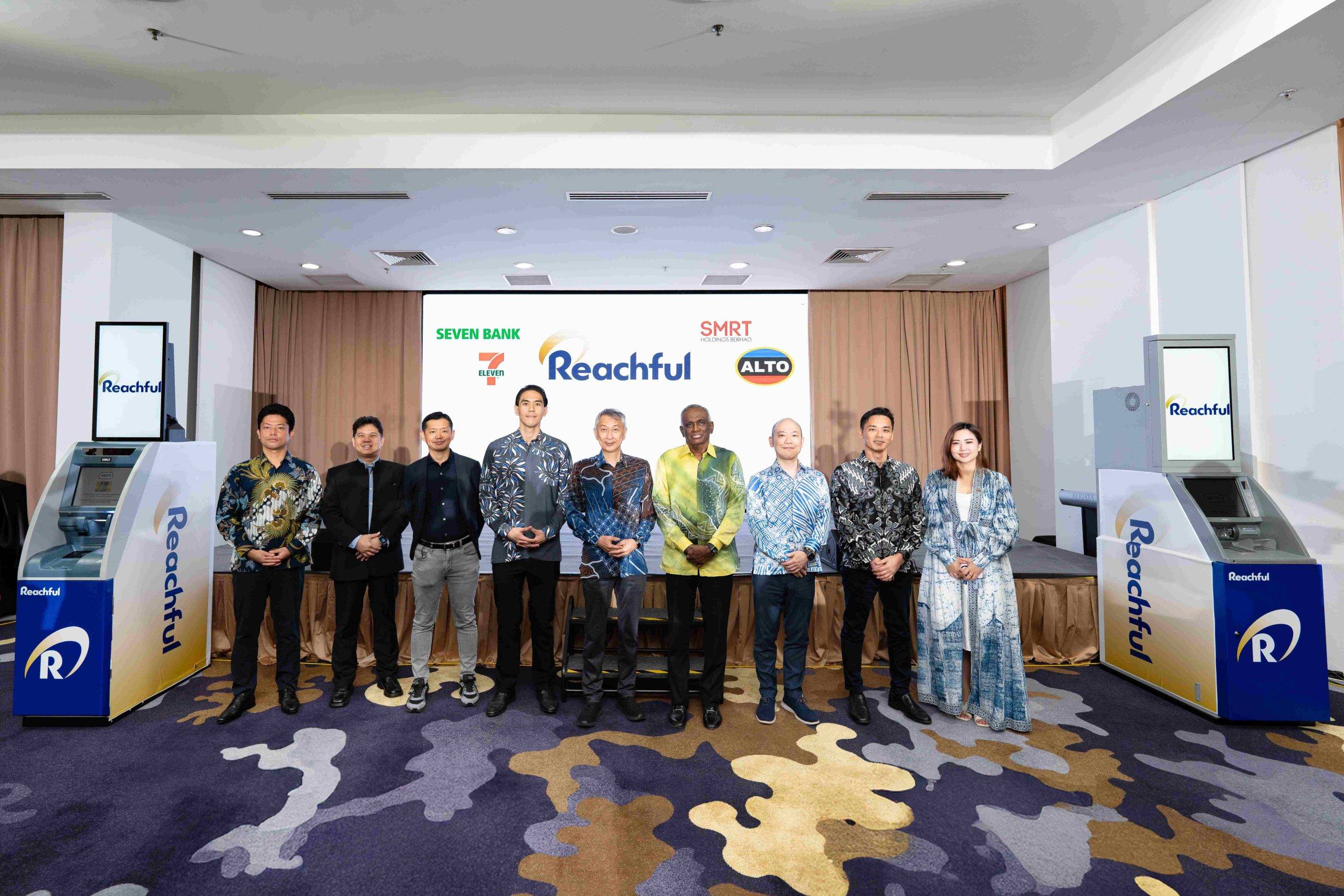Digitalization is reshaping industries from manufacturing to finance, but many companies still struggle with democratizing data to drive better decisions.
Digital twin technology that is largely used in the manufacturing industry. holds immense potential to virtualize products and processes, but the complex CAD (computer-aided design), PLM and simulation tools that are used in tandem with digital twins are designed for technical specialists, not the average business user.
Enter Mendix, a low-code software development platform that Siemens acquired in 2018 to enable faster, easier creation of applications. With deep integrations into Siemens’ product lifecycle management (PLM) and platform solutions like Siemens Teamcenter and NX, Mendix aims to create user-friendly interfaces that finally democratizes digital twin data beyond the engineering department.

Ray Kok, Mendix CEO
“If you think about the software portfolio at Siemens Digital Industries Software, there’s a lot of capability to model and simulate all sorts of different domains in engineering and manufacturing,” explains Ray Kok, CEO at Mendix. “The challenge is each of these products has user interfaces tailored to very specific personas, like a mechanical CAD engineer or bill of materials expert.
Mendix aims to create user-friendly interfaces that finally democratizes digital twin data beyond the engineering department.
Ray explains that the Mendix solution is a layer above Siemens products like NX, Teamcenter, Opscenter, that is able to access the data these products hold via connectors.
“This is interesting because there are many people in a company that have interest in this data but aren’t experts in technical domains.”
A logistics manager overseeing inventory of purchased components and doing inventory checks, doesn’t need to see all the details in Teamcenter – they may only need a handful of data fields like part numbers, descriptions, quantities and other bill of materials (BOM) data relevant to them. All these critical data could fit into a mobile application for handy reference, and that is where Mendix comes in.
A wide breadth of user experiences
Using a graphical drag-and-drop interface, Mendix enables rapid development of applications that pull together data from disparate enterprise systems, without one needing to write code. Pre-built connectors allow Mendix to easily tap into systems like PLM, ERP, MES, and so on. Apps can then be deployed flexibly to where it is needed in different environments like the cloud or on-premise.
While Mendix’s roots were in enterprise IT use cases, the Siemens acquisition has driven significant growth in the manufacturing sector, which now represents around 40% of Mendix customers. “If you look at the footprint of Mendix, we are now pretty much in any kind of industry, all the way from aerospace and defence, to banking, for example.
“So, that is the breadth of Mendix now.”
A key focus has been using Mendix to create role-based interfaces on top of Siemens’ Xcelerator platform to expose only the most critical data that non-technical users need for their tasks.
Cloud capability delivery
Cloud technology is critical to Mendix which has its own cloud technology powered by Amazon Web Services (AWS). Customers also have hybrid cloud deployments besides leveraging hyperscalers like Microsoft Azure and AWS. Besides this, Mendix extends this AI/ML capabilities for developers and its customers to integrate into their applications.
“This is interesting because there are many people in a company that have interest in this data but aren’t experts in technical domains.”
“We use a lot of AWS’ services, specifically AWS Bedrock, so that the applications that our customers and low-code developers can build additional capabilities for generative AI, data processing in general, machine learning, and so on.
Ray further explained that integration with AWS services is such that they added a low-code implementation on top of it, so developers only need to drag-and-drop a service they want to use, as opposed to manually setting up the service which can be time-consuming.
In essence, Mendix uses AI to facilitate faster development of applications. It has added a “Mendix Assist” capability that functions like an AI copilot to further accelerate low-code development.
“We make it a truly convenient experience to add these services to your application. (When setting up) we just ask simple questions like what large language model (LLM) to use, what knowledge base to include, and what level of hallucination risk is acceptable – then we do all the hard stuff in the background,” explains Ray.
Looking ahead… and the opportunity for Malaysia
Looking ahead five years, Ray predicts that Mendix and low-code will be the default way to build applications that take advantage of AI technology. “Also, I would say that low-code can solve some very complex business problems.”

He rationalizes that low-code development has traditionally addressed office productivity challenges. But now, low-code development has entered the domain of manufacturing and is helping to solve very complex problems by taking IoT data, simulation data, BOM data, and really “reason over all aspects of these data to solve some very complex problems.”
The crucial enabler is Mendix providing an intuitive UI/UX for business users to interact with data from different systems without needing to be technical or engineering experts themselves – a capability which Mendix is bringing to the table by democratizing the data for more users in an organization.
Think of low code as a digital canvas, upon which non-expert users are empowered to build unique enterprise-grade apps using a vast array of boilerplate code and objects. Malaysia as a country, has recognized this potential and jumped on the opportunity to arm local talent with low-coding skills and elevate the technical and vocational education and training community (TVET) in Selangor.
This is exemplified by Siemens’ recent partnership with Selangor Technical Skills Development Centre (STDCx) and local tech consultancy, Orangeleaf Consulting, to equip the local workforce with low-code skills.
Orangeleaf Consulting CEO, Ellice Ng shared that it aims to mentor 300 new rapid certified developers in Malaysia, in the next three years.








